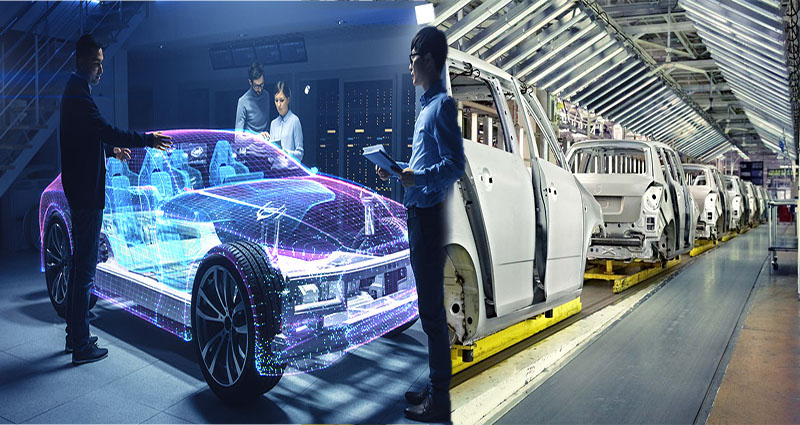A recent study by McKinsey and PwC shows that the automotive industry is undergoing massive change. OEMs are evolving their collaboration strategies and ways of doing business to remain competitive. New technology such as fuel economy, sensors, and systems have increased the technical content of a vehicle. The car is also a communications, entertainment, and communication platform, and the OEMs must master all of these elements to stay ahead of the competition.
Rapid digitalization
As technology continues to improve and the cost of integrating new information becomes more significant, the auto industry is under intense pressure to meet consumer expectations. To compete, the industry must develop new ways to capture attention and spend on transportation. As a result, the auto industry needs to transform and focus on maximizing the value of digitalization. This article outlines the major challenges facing the industry as it tries to meet the demands of consumers.
Regulation
According to a recent McKinsey survey, nearly eighty percent of automotive suppliers have already defined sustainability targets. This gap between planning and doing may be understandable from a near-term economic perspective. For example, many suppliers are keeping plants in lower-cost regions, even though that will cost them more in CO2 emissions. However, this cost advantage is largely offset by increased emissions if plants were located in higher-cost areas.
EVs
The EV transition has begun, but most OEMs are not profiting from EV sales. Compared to ICE vehicles, EVs cost around $12,000 more to produce. With higher production costs, carmakers struggle to make back these costs through pricing alone. The only exceptions are premium models. But it is likely that the EV transition will never reach its full potential. Here’s why.
Shared mobility
The McKinsey 2020 ACES consumer survey found that 60 percent of respondents would consider sharing a ride with a stranger. These people cite convenience and cost savings as the main reasons to opt for shared mobility. This concept began in the 1940s in Switzerland, but its modern manifestation is only a decade old. Shared mobility is growing in popularity across all regions. Listed below are some key points to consider before implementing a shared mobility system.
Lightweight materials
The use of lightweight materials is set to increase in many industries, including automotive. More than three-quarters of the world’s motor vehicles are made with lightweight materials, and the automotive industry is the one where the changes in the material mix are likely to have the most profound effect. Carbon fiber and high-strength steel are the most common lightweight materials, and their use is expected to increase by 20 percent a year. However, magnesium alloys have also been proposed as a possible replacement for steel in some applications.
ADAS/active safety
Software competence is emerging as a critical differentiator in the automotive industry, and the ADAS/active safety segment is no exception. With cars becoming more connected and interconnected, automakers must become active participants in the new mobility ecosystem.
Suppliers can find opportunities in hardware and semiconductors, as well as in parking assistance systems. Here are some key trends. All are critical to the future of the auto industry.
Connectivity
The evolution of automobile connectivity is based on technological advancements in other industries. Automobiles are now individualized mobile platforms that are built to safely transport humans over long distances. These vehicles can gather much more data than a traditional consumer product, including driver behavior, weather conditions, and more. While connected cars can be very useful, they can also be a huge headache for drivers, especially if there are issues with data transmission.
Infotainment
The latest automotive industry trends report, “McKinsey Automotive Industry Trends: Infotainment in the Age of Mobility,” highlights how the consumer experience of this technology is changing the way we drive. Increasingly, consumers want more than just music and GPS navigation. They want seamless interactions and experiences across all areas of the vehicle, from the driver’s seat to the entertainment system. But while the market for infotainment is growing, its future remains uncertain, with several challenges.





